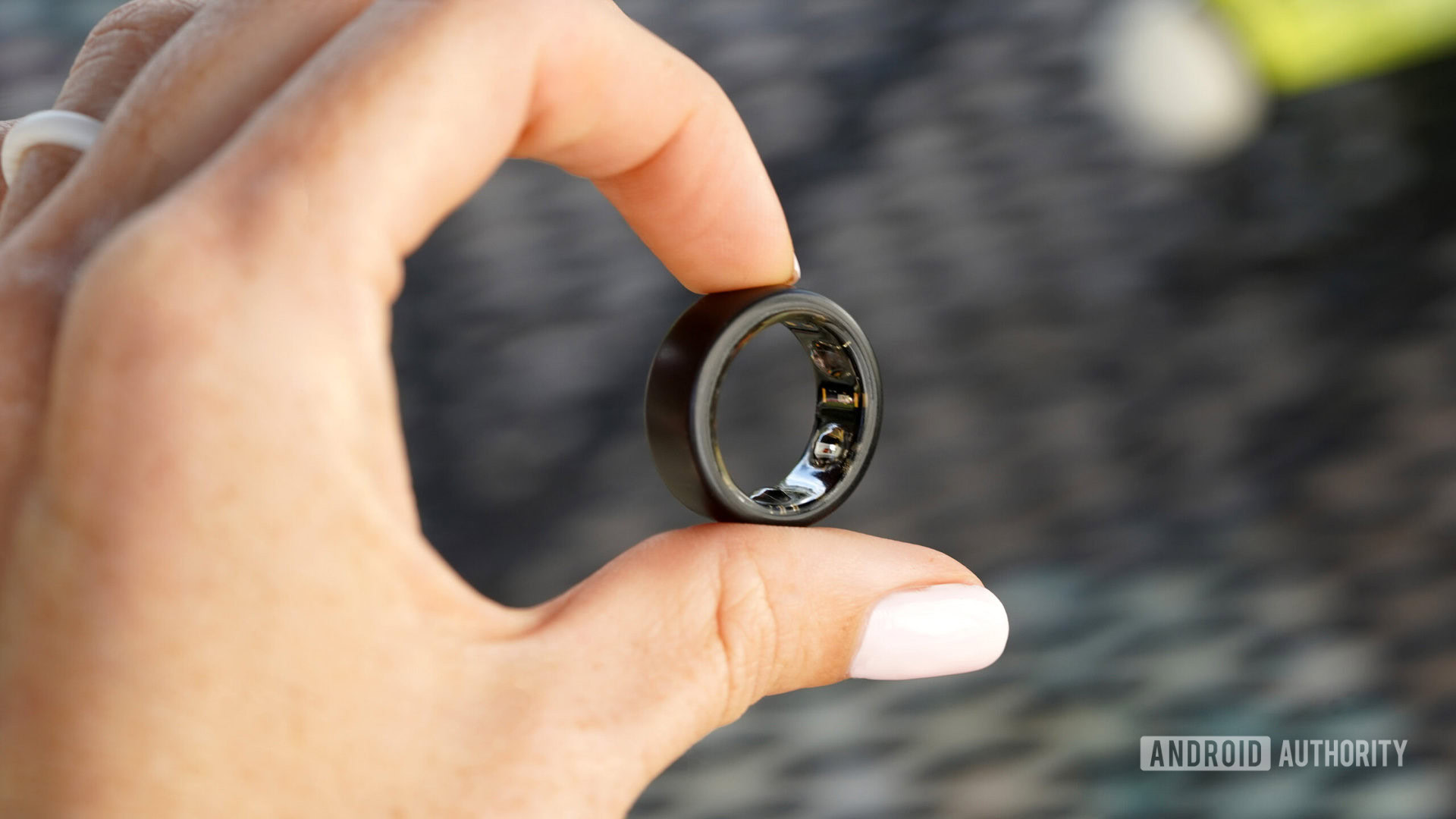
Kaitlyn Cimino / Android Authority
TL;DR
- Oura Ring is adding support for cardiovascular age and cardio capacity.
- Cardiovascular age collects 14 days of data to tell you how your heart health aligns with your chronological age.
- Cardio capacity measures your cardiovascular and respiratory system health.
The Oura Ring can already measure a wide range of heart-related health factors like your heart rate variability and workout heart rate. Now the company is adding two new features that can tell you how old your heart really is and how to optimize your respiratory system to improve long-term heart health.
Oura has announced today that its smart ring will soon be able to measure cardiovascular age and cardio capacity. The aim of these two features is to allow users to check their cardiovascular health status and take proactive measures.
Cardiovascular age is a term used to help you understand where your heart health stands in connection to your chronological age. The younger your cardiovascular age is, the lower your risk for a heart attack or stroke is. Conversely, the older your heart’s true age is, the higher the risk for these health problems.
According to Oura, the feature works by analyzing age-related observations within a photoplethysmograph (PPG) signal — a technique that detects volumetric changes in blood in the peripheral circulation. In addition, pulse wave velocity (PWV) data is collected to measure your arterial stiffness. After 14 days, the app will provide a cardiovascular age metric to show the user how their vascular system is aging (within five years) in relation to their chronological age.
Cardio capacity, on the other hand, measures how efficiently your body is able to supply oxygen to your muscles during exercise. According to Oura, users will first be prompted to take a walking test when using the feature. This sets a baseline for the VO2 Max, which is then translated into cardio capacity.
These features aren’t out yet, and there’s no exact date for the rollout. However, the smart ring maker says the two new features are scheduled to roll out near the end of May 2024.
